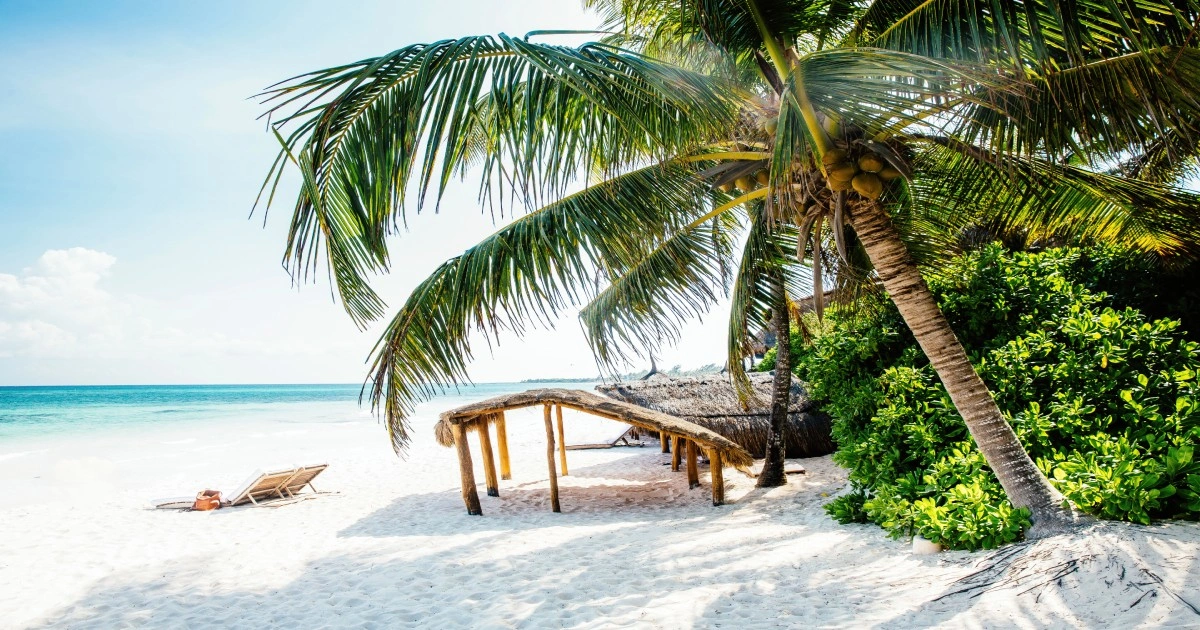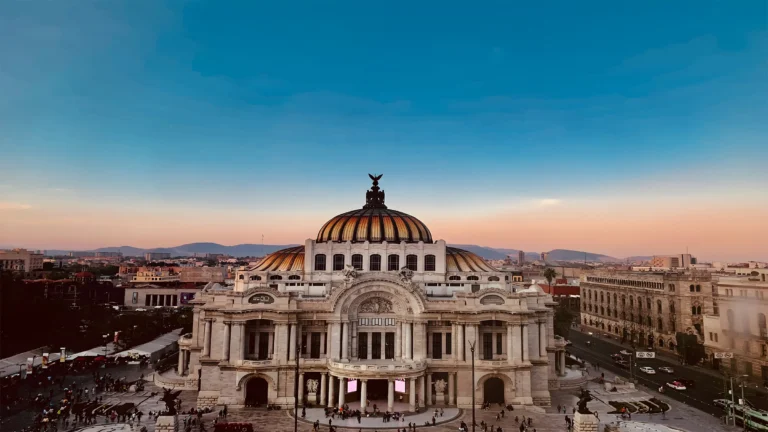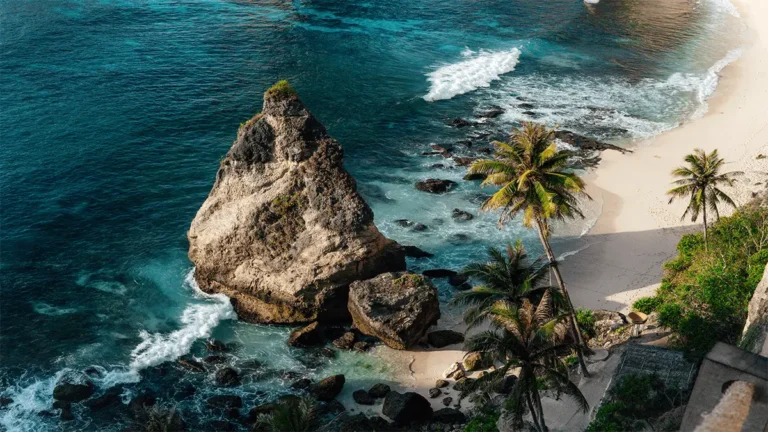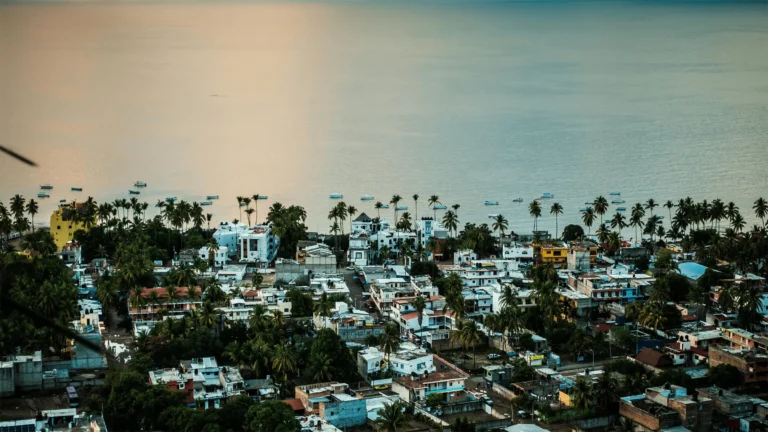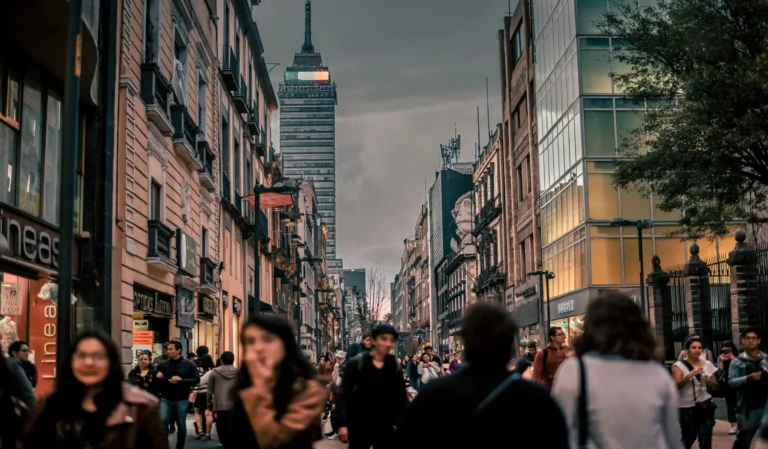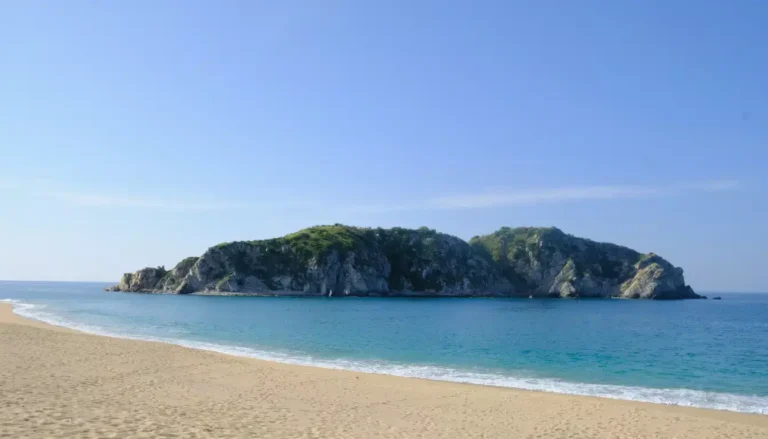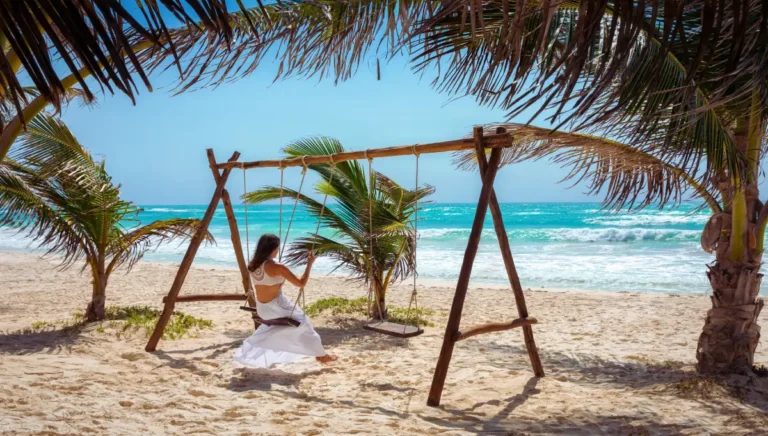15 Best Things to Do in Riviera Maya (2025 Guide)
Beneath the turquoise waters of this 100-mile coastline lies a secret world: the largest underground cave system on Earth, with freshwater rivers older than the Mayan civilization itself. The Riviera Maya isn’t just another beach destination – it’s where 65 million years of geological history collide with living cultural traditions.
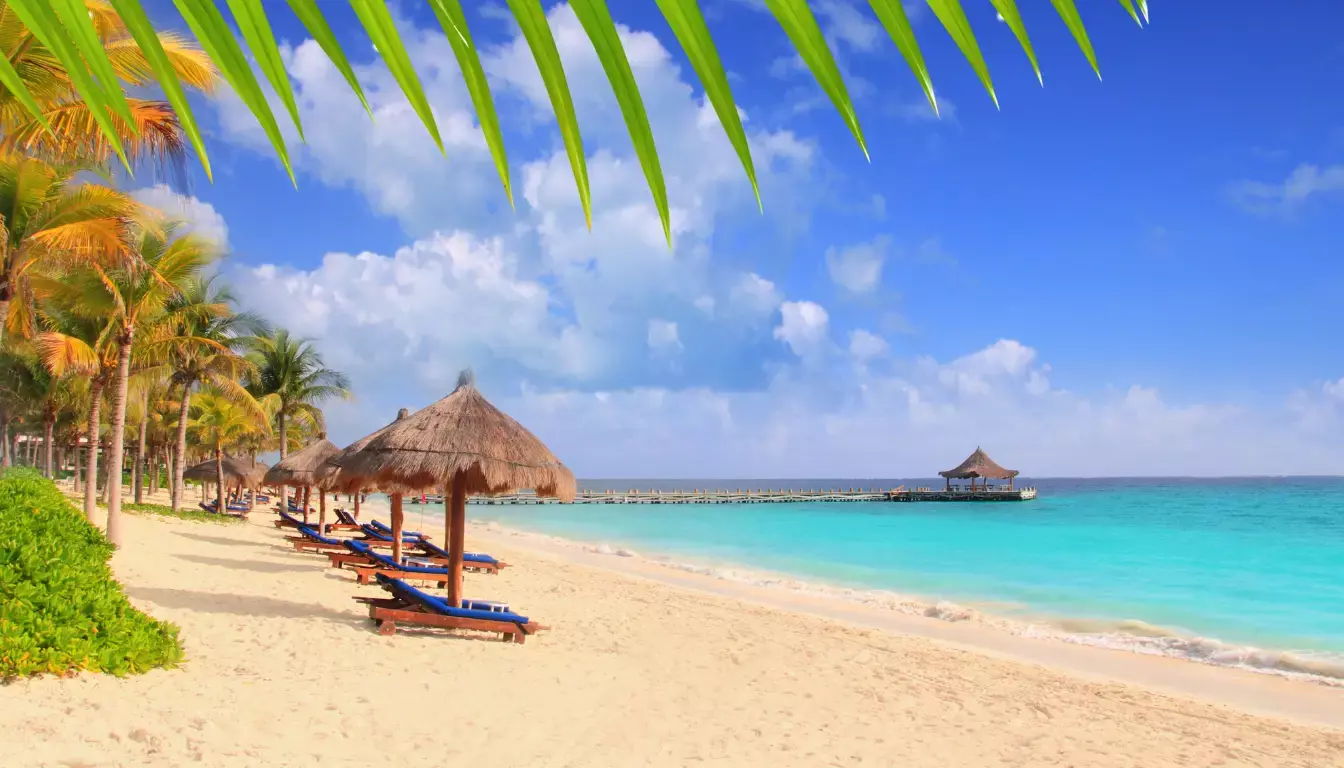
Stretching from Puerto Morelos to Punta Allen, this biodiverse wonderland offers more than postcard-perfect beaches. You’ll find cenotes glowing like liquid sapphire, ancient pyramids overlooking crashing waves, and reef systems teeming with neon-colored marine life. The region’s unique geology creates ecosystems found nowhere else on the planet.
Your 2025 journey here goes beyond typical resort stays. Imagine snorkeling through underground caverns one day and learning traditional Mayan cooking techniques the next. This guide focuses on authentic connections – with nature, history, and local communities – while highlighting eco-conscious operators leading the way in sustainable tourism.
Key Takeaways
- Spanning 100 miles of coastline, the region blends beaches, jungles, and archaeological sites.
- Home to unique geological formations like the Great Maya Aquifer and Mesoamerican Reef.
- Offers both adrenaline-packed adventures and cultural immersion opportunities.
- 2025 brings new sustainable tourism initiatives protecting local ecosystems.
- Requires strategic planning to experience diverse landscapes effectively.
Getting Started: Your Gateway to Riviera Maya
Stretching 75 miles along Mexico’s Yucatán Peninsula, this coastal paradise blends lively towns with untouched natural beauty. Cancun International Airport serves as the main entry point, just 34 miles from Playa del Carmen’s beachfront clubs and 73 miles from Tulum’s jungle-chic retreats. Each area offers distinct vibes – choose Playa for nightlife or Tulum for yoga sessions near ancient ruins.
Navigating the Coastal Corridor
Three zones define the region: Cancun’s hotel district transitions into Playa’s pedestrian-friendly Fifth Avenue, while Tulum’s eco-lodges lead to Sian Ka’an’s biosphere wetlands. Coastal Highway 307 connects everything, with ADO buses running frequently between major hubs. Rent a car for hidden cenotes near Akumal or fishing villages like Punta Allen.
Smart Travel Prep Essentials
Pack light but strategic: reef-safe sunscreen protects marine life, water shoes guard against rocky cenote edges, and quick-dry clothes handle both jungle humidity and ocean breezes. Visit November-April for ideal weather, though May offers smaller crowds. Pro tip: Book popular ruins tours early during peak seasons.
- Reusable water bottle with filter
- Waterproof phone case
- Spanish phrasebook
Immerse Yourself in Natural Beauty: Cenotes and Underground Wonders
Dive into crystal-clear waters where sunlight filters through ancient rock formations. The Yucatán Peninsula hides over 6,000 cenotes – natural pools carved by asteroid impacts and limestone erosion. These freshwater wonders connect to Sac Actun, Earth’s largest underground cave system stretching 248 miles beneath the jungle floor.
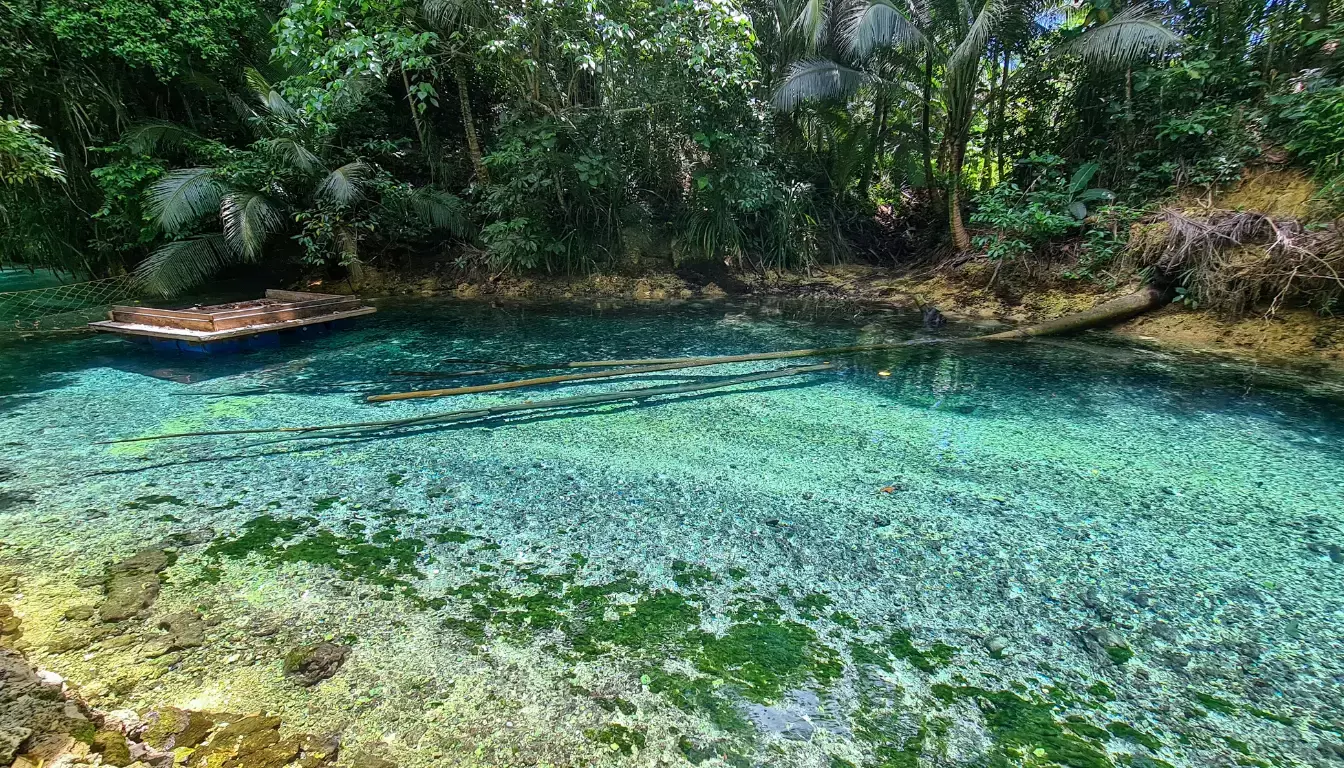
Why Cenotes Are a Must-See
Formed 125,000 years after the Chicxulub asteroid strike, cenotes reveal layers of history in their mineral-rich waters. Ancient Maya revered them as gateways to the spirit world, using these sacred sites for rituals. Today, they’re ecological treasures feeding the Great Maya Aquifer.
Types of Cenotes in Riviera Maya
Choose your adventure across three distinct varieties:
- Open-air cenotes: Sunlit pools like Gran Cenote, perfect for first-time swimmers
- Semi-open cenotes: Partially covered formations with dangling tree roots
- Underground cenotes: Mystical caves like Dos Ojos, requiring diving certifications
Tips for Safe Swimming and Diving
Always swim with a guide in unfamiliar cenotes. Wear reef-safe sunscreen and avoid touching delicate limestone formations. For cave diving, use full-face masks to prevent dislodging sediment. Currents can shift unexpectedly – stay within marked areas.
Thrilling Scuba Diving and Snorkeling Experiences
Imagine floating weightless between cathedral-like rock formations and schools of electric-blue fish. The region’s underwater landscapes deliver adventures unmatched in the Western Hemisphere, blending saltwater reefs with freshwater caverns.
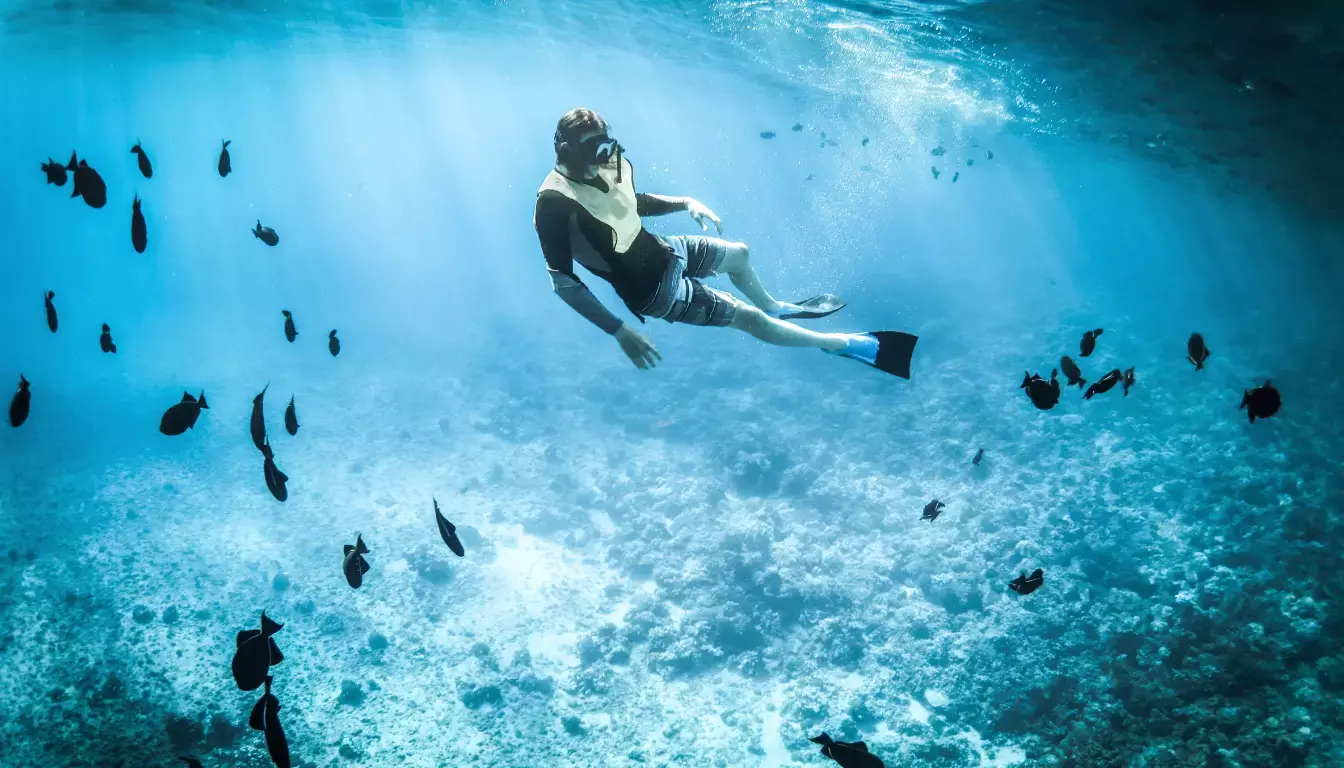
Exploring the Mesoamerican Reef
Glide above the world’s second-largest reef system, where parrotfish crunch on coral and sea turtles cruise through warm currents. Beginner-friendly snorkeling tours start at $125, letting you spot angelfish and stingrays in shallow lagoons. Certified divers can explore deeper sections with eagle rays and nurse sharks.
Diving in Tulum’s Cenotes
Tulum’s underground networks offer surreal dives through sunlight-speckled caves. Casa Cenote’s mangrove roots create underwater forests, while Cenote Calavera’s “Temple of Doom” entrance leads to crystal-clear chambers. These freshwater dives require:
- Basic open-water certification
- Guidance from cave specialists
- Full wetsuits (water stays 77°F year-round)
Complete your PADI certification here for $550-$638 – less than half the cost of most Caribbean destinations. Whether snorkeling in Technicolor reefs or floating through ancient caverns, every dive reveals new layers of this liquid wonderland.
Exploring Ancient Mayan Ruins
Step back in time where ancient stone pyramids pierce the jungle canopy. The Yucatán Peninsula holds over 4,500 archaeological sites, each whispering stories of a civilization that mastered astronomy and urban design.
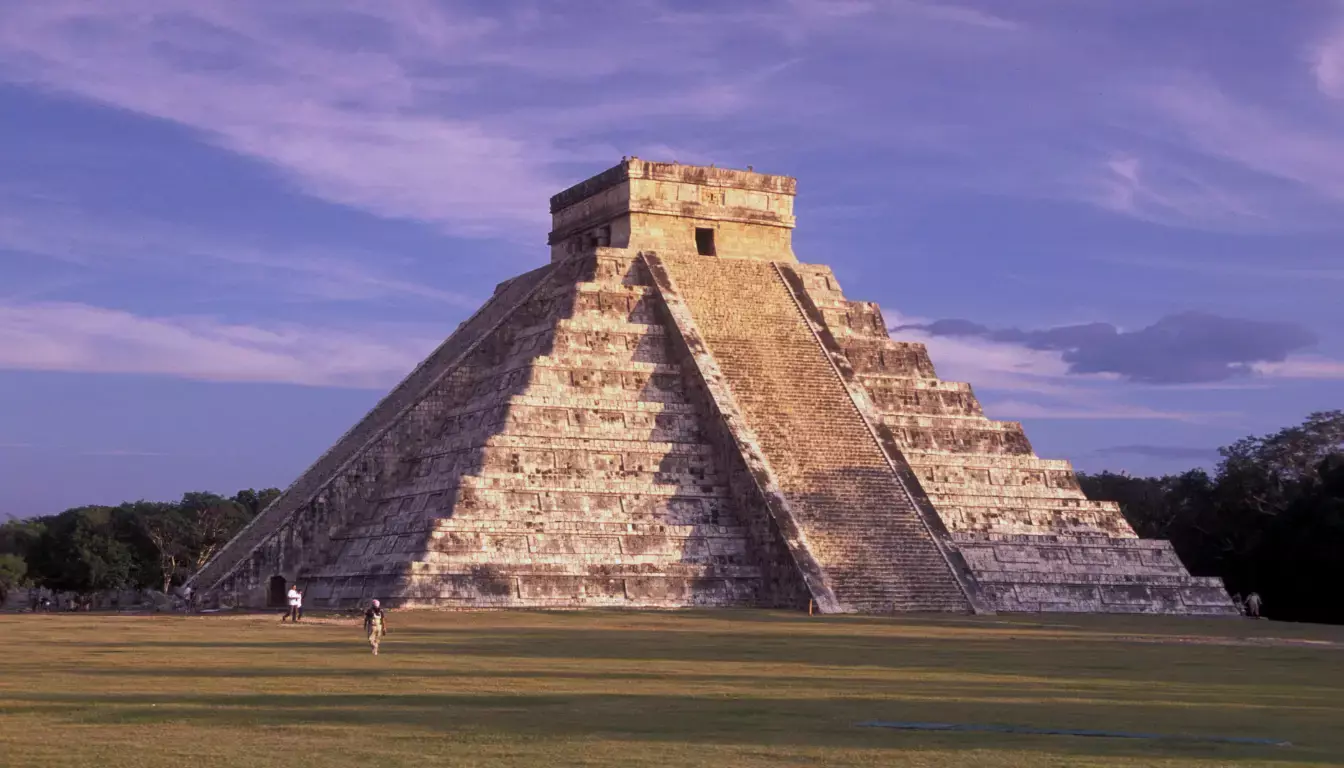
Discovering Chichen Itza and Beyond
Chichen Itza’s El Castillo pyramid dominates the landscape with its 365 steps – one for each day in the solar calendar. Clap at its base to hear eerie echoes designed by acoustic engineers 1,500 years ago. Arrive before 10 AM to beat crowds and midday heat, as daily entrance caps limit visitors to 3,000.
Hidden Ruins Off the Beaten Path
Venture deeper to Calakmul, where howler monkeys guard Mexico’s tallest unrestored pyramid. Unlike crowded hotspots, this jungle-shrouded site lets you climb weathered steps just as explorers did in the 1930s. Nearby, Coba’s network of stone roads reveals the Maya’s sophisticated trade routes.
For coastal views, Tulum’s cliffside fortress offers sunrise photo ops over turquoise waves. Pair visits with lesser-known Muyil Ruins in Sian Ka’an Biosphere – their pyramid-top views stretch across wetlands teeming with roseate spoonbills.
Vibrant Vibes in Playa del Carmen
Where cobblestone streets meet Caribbean rhythms, Playa del Carmen pulses with an energy that captivates both quick-stop travelers and long-term wanderers. La Quinta Avenida serves as the city’s beating heart – a pedestrian-only stretch where mariachi bands compete with street performers for your attention.
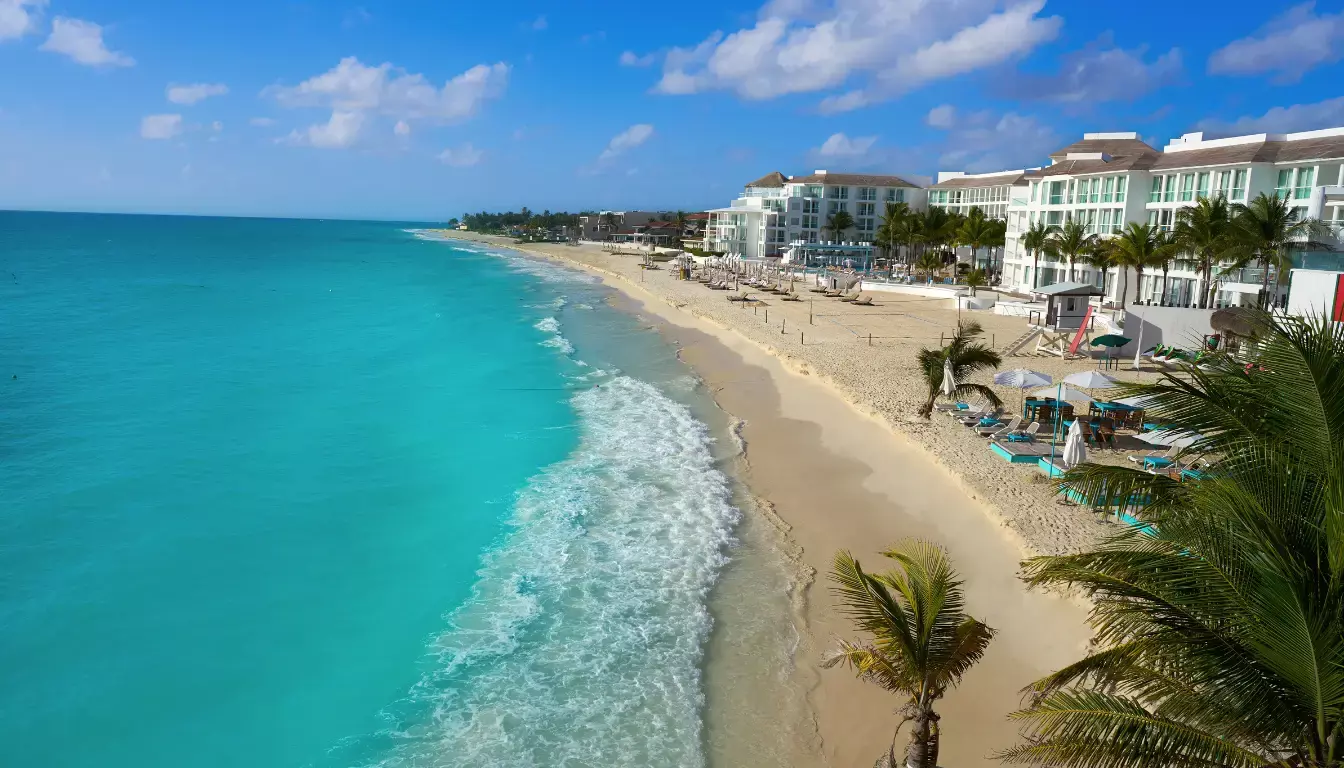
Cultural Treasures & Urban Energy
Stroll past galleries showcasing Oaxacan woodcarvings and Yucatán embroidery, then pause at the Portal Maya sculpture where metallic figures seem to dance above Parque los Fundadores. This pocket park offers shady benches to watch local families while kids climb Mayan-inspired play structures.
Foodies rejoice at 5th Avenue’s culinary range: grab cochinita pibil tacos from a cart with charred pineapple salsa, or book a table at trendsetting restaurants reinventing mole sauces. Don’t miss the Thursday night art walk, when galleries unveil new exhibitions alongside live jazz.
Digital nomads flock here for more than beachside cafes. Co-working spaces with jungle views blend seamlessly with authentic Mexican markets selling hand-painted ceramics. It’s this fusion – ancient traditions meeting modern creativity – that makes del Carmen’s energy truly unforgettable.
Essential Things to Do in Riviera Maya: Insider Tips for 2025
2025 travelers are rewriting the rules of exploration here, trading crowded hotspots for meaningful connections with nature and culture. The real magic happens when you support local artisans, protect fragile ecosystems, and discover spots untouched by mass tourism.
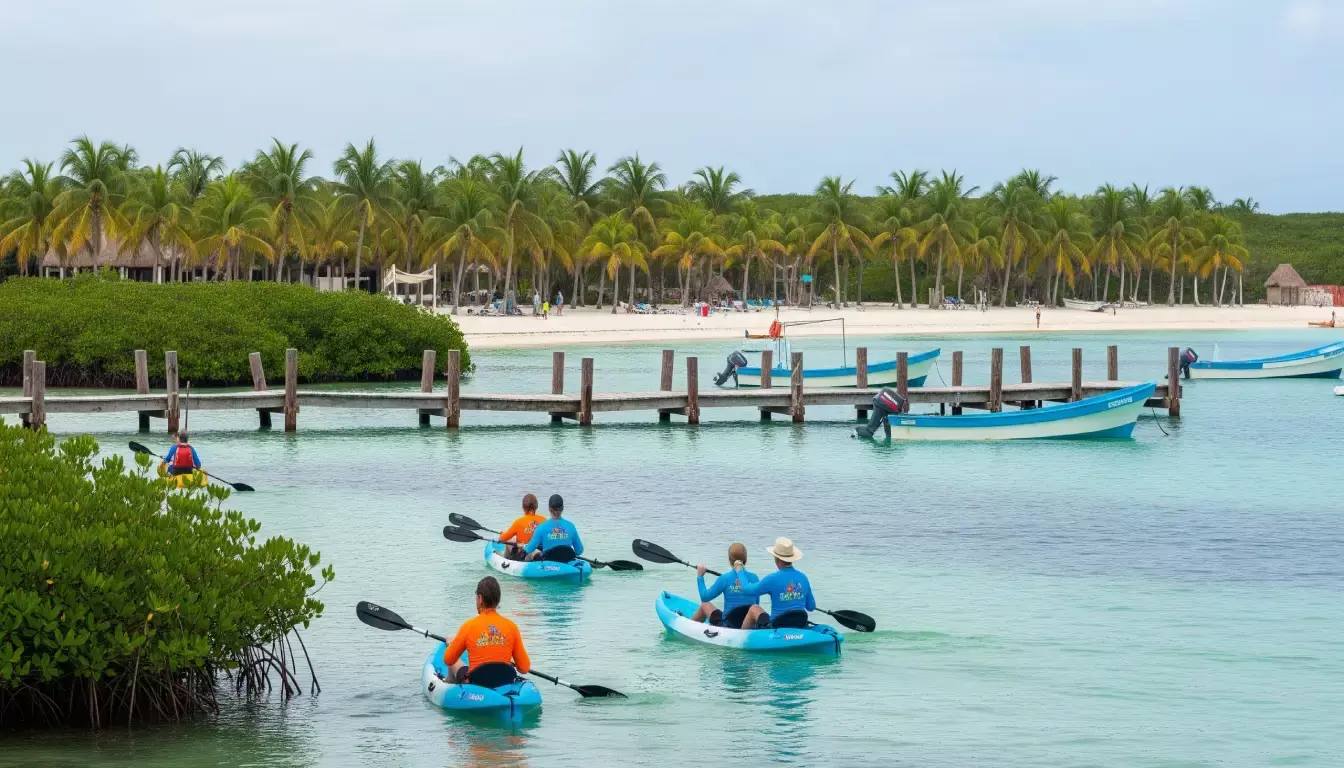
Sustainable and Authentic Experiences
Start your mornings in Maya villages like Pacchén, where families demonstrate ancestral beekeeping techniques using native stingless bees. These community-led tours directly fund school programs while preserving traditions. For aquatic adventures, seek cenotes managed by Indigenous cooperatives – their small-group snorkeling sessions protect delicate ecosystems.
New 2025 regulations require reef-safe sunscreen at all national parks. Pack biodegradable formulas or rent UV-protective swimwear from eco-conscious vendors. Foodies will love Mercado 30 in Playa del Carmen – this locals-only market serves sikil pak (pumpkin seed dip) and handmade tortillas from heirloom corn.
Three ways to make a positive impact:
- Choose tours with Blue Flag certification for verified sustainability practices
- Stay at hotels using solar power and rainwater harvesting systems
- Join beach cleanups organized through your accommodation
End your days at secret beach coves near Akumal, where bioluminescent plankton lights up the shoreline after sunset. These untouched stretches reveal the region’s true beauty – wild, wondrous, and waiting to inspire your most authentic journey yet.
Meet the Marine Life: Swim with Sea Turtles
Glide through sunlit waters where ancient reptiles graze on seagrass meadows. Akumal Bay lives up to its Mayan name – “land of turtles” – offering rare chances to observe three protected species in their feeding grounds. Local guides help visitors approach these gentle creatures responsibly while explaining their vital role in reef ecosystems.
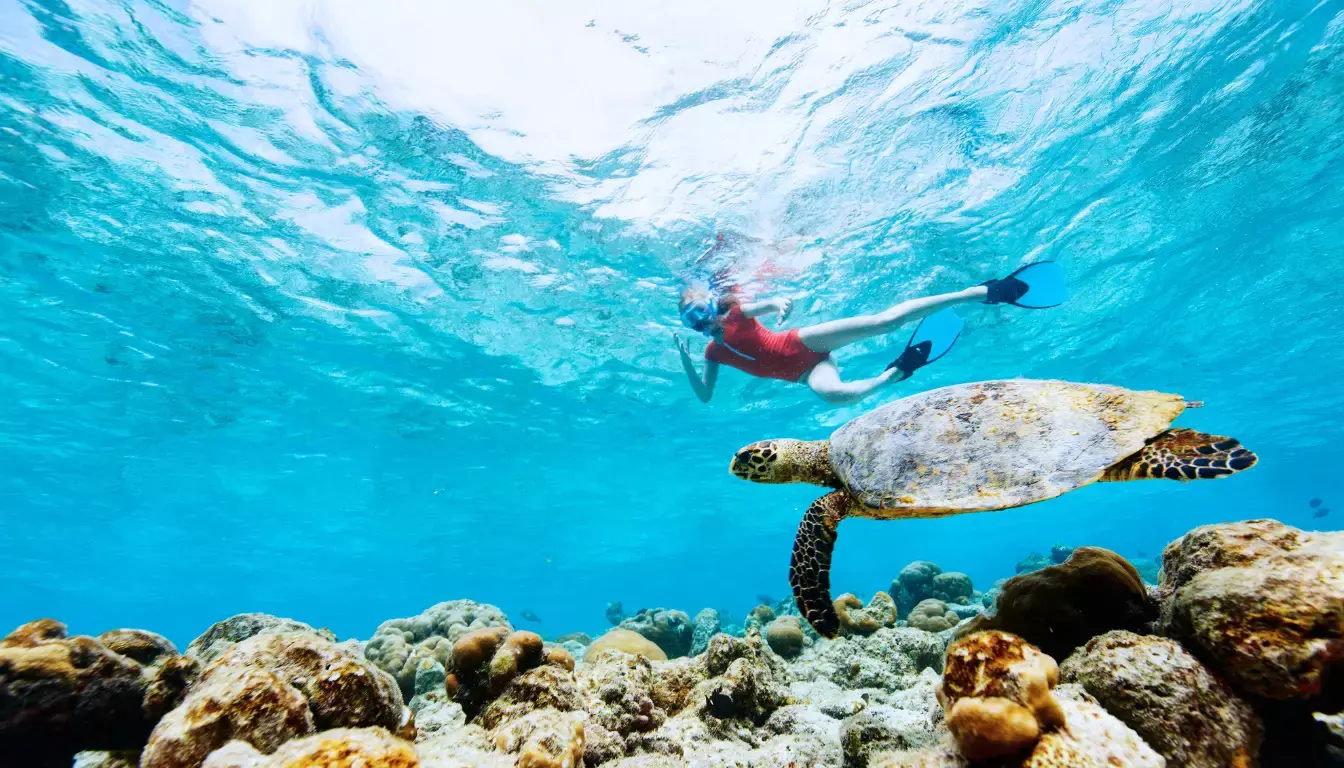
Guided Encounters in Prime Habitats
Morning tours provide the clearest visibility for spotting loggerheads and hawksbill turtles gliding through cobalt-blue waters. Certified operators like Akumal Turtle Adventures prioritize small groups, ensuring minimal disturbance to marine life. Their $45 packages include snorkel gear, conservation briefings, and photos of your underwater experience.
Cozumel’s Palancar Reef adds dramatic depth to turtle encounters. Here, green turtles often swim alongside spotted eagle rays and schools of neon sergeant majors. Divers can explore vertical coral walls reaching 80 feet deep, while snorkelers stay closer to the surface action.
Key tips for ethical interactions:
- Maintain 10 feet from turtles
- Avoid blocking their surfacing paths
- Never touch shells or flippers
Peak season runs May-September when turtles nest onshore. Book tours before 8 AM to beat crowds and witness hatchlings making their first ocean journey. Whether you choose Akumal’s calm bays or Cozumel’s vibrant reefs, these encounters create lifelong memories while supporting local conservation efforts.
Experience the Lush Jungle and Sian Ka’an Biosphere Reserve
Where freshwater meets saltwater in a UNESCO World Heritage Site, the Sian Ka’an Biosphere reveals nature’s grand finale. This 1.3 million-acre wilderness lets you trade flip-flops for binoculars as you navigate ancient Maya canals and mangrove forests humming with life.
Lazy River Floating Adventures
Drift through crystal-clear channels where sunlight dapples lily pads. Guided float tours ($65-$90) provide tubes and insights about the reserve’s unique hydrology. You’ll glide past turtle nesting sites while cormorants dive for breakfast – a serene counterpoint to beach activities.
Wildlife and Bird Watching
Spot roseate spoonbills painting pink streaks across lagoons at dawn. Jaguar tracks sometimes appear near hidden cenotes, though these elusive cats prefer night patrols. Ethical observation rules keep wildlife undisturbed – guides use silenced boat motors and red-filtered flashlights.
End your journey where the Maya once traded honey along watery highways. The Sian Ka’an Biosphere doesn’t just showcase nature – it lets you become part of an ecosystem that’s thrived for millennia. Pack your sense of wonder; this living classroom requires nothing else.
Frequently Asked Questions
Are cenotes safe for swimming or diving?
Yes! Most cenotes in Riviera Maya have clear, calm waters perfect for swimming. Always follow local guidelines, use biodegradable sunscreen, and consider a guided tour if you’re new to cave diving. Popular spots like Gran Cenote and Dos Ojos offer lifeguards and equipment rentals.
What’s the best snorkeling spot for marine life?
Akumal Bay is famous for swimming with sea turtles, while Cozumel’s Palancar Reef dazzles with colorful fish. For a quieter experience, try Puerto Morelos Reef—part of the Mesoamerican Barrier Reef, the second-largest coral system worldwide.
How do I get to Chichen Itza from Playa del Carmen?
Drive 2.5 hours west via Highway 180D, join a guided day trip, or take an ADO bus. Arrive early to beat crowds and heat—the iconic pyramid opens at 8 AM. Don’t miss the nearby Ik Kil Cenote for a post-ruins swim!
What’s unique about Playa del Carmen’s 5th Avenue?
This car-free strip blends shopping, dining, and art. Browse handmade crafts at Quinta Alegría, try authentic tacos at El Fogón, or catch live music at Mandala. It’s liveliest at night but perfect for sunset strolls too.
Are there eco-friendly tours in Sian Ka’an Biosphere Reserve?
Absolutely! Certified guides offer kayaking, birdwatching, and lazy river floats through mangroves. Look for Community Tours Sian Ka’an—they prioritize conservation and support local Mayan communities.
Can beginners dive in Tulum’s cenotes?
Some, like Casa Cenote, are beginner-friendly with shallow depths and open skies. For cavern dives (e.g., Dos Ojos), you’ll need a certified guide and basic open-water certification. Always check depth ratings and currents first.
When’s the best time to spot wildlife in the jungle?
Early mornings or late afternoons! Sian Ka’an and Muyil Archaeological Site are hotspots for seeing coatis, howler monkeys, and tropical birds like toucans. Dry season (November–April) offers clearer trails and fewer mosquitoes.
Start Planning Your Mexican Journey Today
Find the perfect accommodations, tours, and experiences for your trip to Mexico’s most beautiful cities.
Book Your Accommodations Browse Flights to MexicoReady to explore more of Mexico’s breathtaking beaches? Check out our guides to the Best Beaches in Mexico in 2025.

